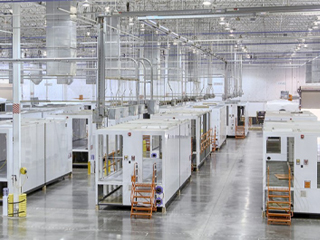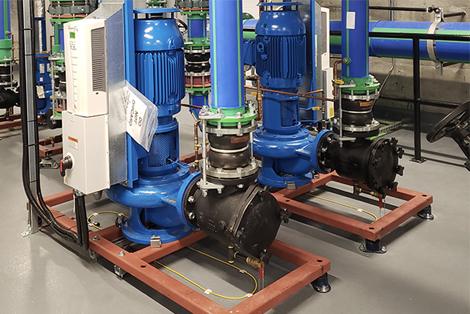OSHA Compliance Monitoring Solutions
In today’s workplace, prioritizing worker safety is not only an ethical obligation, it is a business requirement. Governments around the world are constantly introducing stricter legislation with regard to occupational health and safety. In the United States OSHA (Occupational Safety and Health Administration) is the regulatory agency responsible for the implementation, and inspection of workplace health and safety. In this article we will examine OSHA compliance monitoring technology and how it can aid you in meeting, or going above and beyond OSHA guidelines.
It is crucial for employers to be aware of their obligations with regard to OSHA compliance. In this article we will look into the importance of compliance, how to prepare, what monitoring technologies can be utilized and the general duty of care that an employer has towards their employees.
OSHA Compliance: A Proactive Approach
Employers who adopt and encourage open communication about safety related issues can create a truly safe workplace. Employers should actively engage employees in discussions about safety procedures, and invest in technologies that aid in meeting the required standards.
Adherence to OSHA guidelines is the essential first step. OSHA covers a broad spectrum of working conditions. Companies need to ensure that there is adequate lighting, noise control, ergonomic considerations, proper ventilation and access to safety equipment. However this article will focus specifically on temperature conditions in the workplace and how it affects workers health.

What does OSHA look for when they come knocking?
Being prepared for an OSHA compliance safety inspection can save you from non compliance fines and business interruption. The below list are some things to consider and prepare in advance.
- OSHA 300 logs and 301 incident reports
- Worker interviews about their health and working conditions
- Is there a written program for OSHA compliance in place?
- How is the ambient temperature of working conditions monitored?
- Is there a supply of fresh, cold water available?
- Are employees given additional breaks to rehydrate?
- Is there a buddy system in place for hot weather conditions?
- Are employees trained on how to identify heat related illness?
Building a Safe Workplace: Temperature Control
Climate change is resulting in more frequent periods of temperature extremes. There have been over 400 heat related workplace deaths since 2011. During 2023 an extreme heatwave caused dozens of deaths in California and Florida. Heat stroke is a serious medical condition that occurs when core body temperature rises above 40°C / 104°F. This rise in temperature interferes with the brain’s ability to second signals to vital organs resulting in a breakdown of body functions and failure of heart, kidneys and liver. Non fatal heat stroke can also cause serious long term medical conditions.
Workers who are outdoors are most likely to succumb to such conditions, but the risk is real for those working indoors as well. The body regulates temperature through sweating, and in a high humidity environment, with a lack of breeze sweat can not evaporate and cool the body. Failure of HVAC systems during hot weather can spell disaster.
OSHA compliance Monitoring Technology: AKCP Environmental Monitoring
AKCP sensorProbe+ devices are a valuable tool for companies who are seeking to create a safer working environment. The sensorProbe+ enables real-time monitoring of critical environmental factors such as temperature, humidity, air quality and airflow. Customizable thresholds with automated alerts via E-mail, SMS and Phone calls. On site audio/visual alarms such as sirens and strobe lights can also be triggered. The sensors can be wired or wireless, utilizing AKCP’s Wireless Tunnel™ technology.
The use of such technology allows companies to identify potential issues before they escalate, and keep a log of workers’ environmental conditions for proof of OSHA compliance.
Investing in Safety: A Smart Business Decision
The investment in employee safety doesn’t only benefit the employee. It is a benefit to the companies as well. A reduction in accidents and injuries results in lower insurance premiums and improved employee productivity. Lawsuits are costly and can lead to bankruptcy, OSHA non compliance results in fines and forced closures.
The implementation of a monitoring system such as those from AKCP demonstrates the company’s commitment towards taking employee health and safety seriously and improving employee morale.




